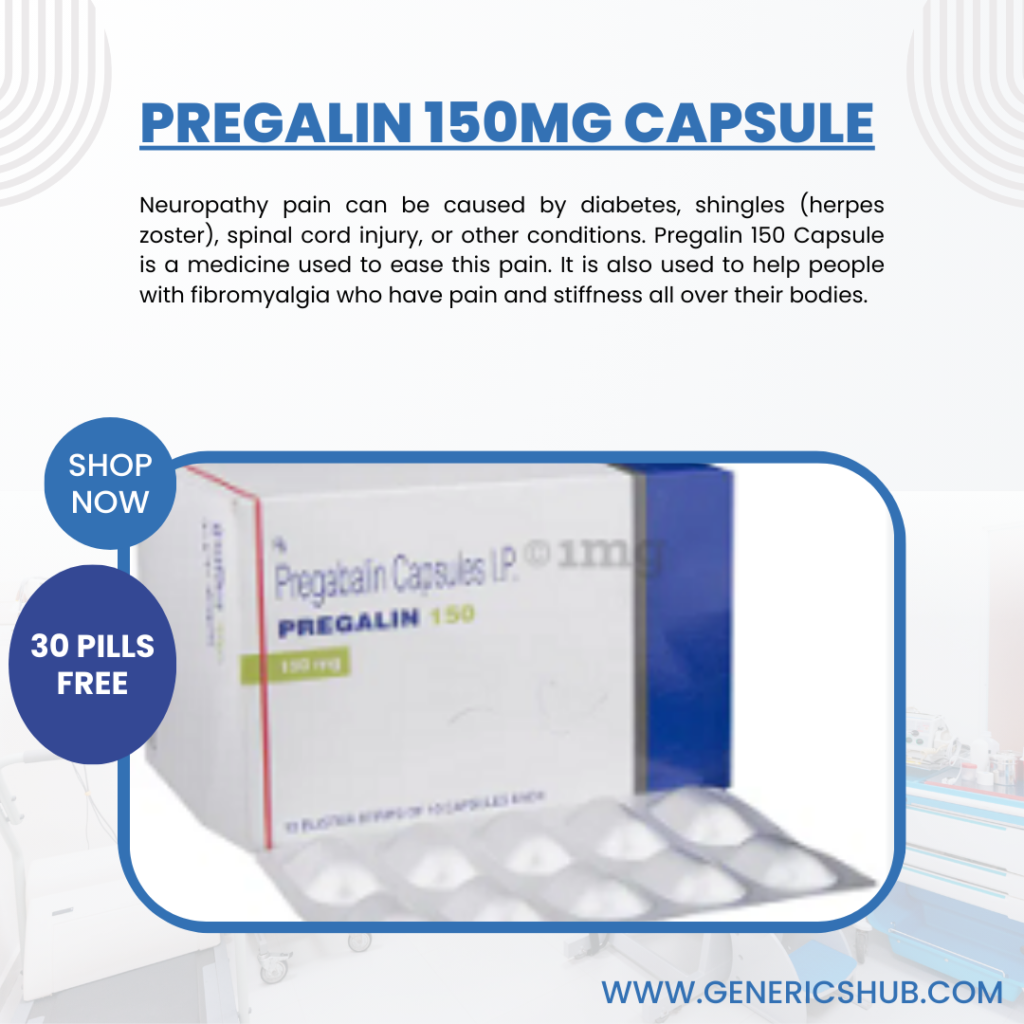Neuropathic pain presents a significant challenge in the comprehensive care of cancer patients, often complicating treatment and diminishing quality of life. Understanding the intricate nature of neuropathic pain in the context of cancer is crucial for healthcare providers to effectively manage and alleviate this distressing symptom. This article explores the complexities of neuropathic pain in cancer patients, delving into the diagnosis challenges, treatment options, and the impact on patients’ physical, emotional, and social well-being. By addressing these critical aspects, healthcare professionals can better support cancer patients in managing neuropathic pain and improving their overall quality of life.
Understanding Neuropathic Pain in Cancer Patients
When it comes to neuropathic pain in cancer patients, it’s like having a noisy neighbor – relentless, bothersome, and hard to ignore. Neuropathic pain stems from damage to the nervous system, causing sensations like burning, tingling, or shooting pain. In cancer patients, this type of pain can be an unwelcome side effect of the disease itself or its treatments.
Definition and Causes of Neuropathic Pain
Neuropathic pain is like a rebellious teenager – it doesn’t follow the usual rules of pain perception. It can be triggered by nerve damage, inflammation, or changes in the nervous system caused by cancer or its treatments. This type of pain often feels like a miscommunication between the nerves and the brain, leading to sensations that are out of proportion to the actual injury.
Mechanisms of Neuropathic Pain in Cancer Patients
Think of neuropathic pain in cancer patients like a glitch in the Matrix – things just aren’t working as they should. Cancer-related nerve damage, chemotherapy-induced peripheral neuropathy, or tumor compression can all contribute to the development of neuropathic pain. These disruptions in the nervous system’s usual functioning can create a cacophony of abnormal pain signals being sent to the brain.
Challenges in Diagnosing Neuropathic Pain in Cancer Patients
Diagnosing neuropathic pain in cancer patients can be trickier than untangling a slinky – it’s a twisted mess. This type of pain often overlaps with other types of pain, making it difficult to pinpoint its exact cause. Additionally, the subjective nature of pain reporting can further complicate diagnosis and treatment planning.
Overlap with Other Types of Pain
Neuropathic pain likes to play hide-and-seek with other types of pain, making it hard to distinguish one from the other. In cancer patients, this pain can coexist with musculoskeletal pain, visceral pain, or inflammatory pain, creating a complex tapestry of discomfort that requires careful unraveling by healthcare providers.
Subjectivity of Pain Reporting
Pain reporting in cancer patients is like a game of telephone – the message can get distorted along the way. Patients’ descriptions of their pain can vary widely, influenced by factors like emotional state, past experiences, and cultural background. This subjectivity can make it challenging for healthcare providers to accurately assess and address neuropathic pain.

Impact of Neuropathic Pain on Quality of Life in Cancer Patients
Neuropathic pain in cancer patients is like an uninvited guest – it overstays its welcome and disrupts the entire household. This type of pain can have far-reaching consequences, affecting not just the physical well-being of patients but also their emotional, social, and functional aspects of life.
Physical and Emotional Consequences
Neuropathic pain can be a relentless adversary, taking a toll on both the body and mind of cancer patients. Constant pain can lead to fatigue, sleep disturbances, decreased appetite, and overall reduced quality of life. The emotional burden of living with chronic pain can also contribute to anxiety, depression, and feelings of helplessness.
Social and Functional Impacts
Neuropathic pain doesn’t just affect the individual – it sends shockwaves through their social circles and daily activities. Cancer patients dealing with this type of pain may find it challenging to engage in social interactions, work, or leisure activities. This can lead to feelings of isolation, decreased productivity, and a sense of loss of independence.
Current Treatment Options for Neuropathic Pain in Cancer Patients
When it comes to treating neuropathic pain in cancer patients, it’s like choosing from a buffet of options – there’s a little something for everyone. Healthcare providers may employ a combination of pharmacological interventions and non-pharmacological approaches to help alleviate the burden of neuropathic pain.
Pharmacological Interventions
Pharmacological treatments for pain in cancer patients are like the Avengers – they come to the rescue with their superpowers. Medications such as opioids, antidepressants, anticonvulsants, and topical agents may be prescribed to target different aspects of pain and provide relief. Finding the right combination and dosage of medications is often a process of trial and adjustment.
Non-Pharmacological Approaches
Non-pharmacological approaches to managing pain in cancer patients are like a soothing balm – they offer comfort and relief in a different way. Techniques like physical therapy, acupuncture, mindfulness practices, and cognitive-behavioral therapy can help patients cope with pain, improve their physical functioning, and enhance their overall well-being. These approaches work hand in hand with medications to provide comprehensive pain management strategies.

Emerging Therapeutic Approaches for Managing Neuropathic Pain in Cancer Patients
Novel Drug Therapies
When it comes to combating pain in cancer patients, exploring new drug therapies is key. Researchers are delving into innovative medications that target specific pain pathways to provide relief that traditional treatments may not.
Integrative and Complementary Therapies
In addition to pharmaceutical options, integrative and complementary therapies play a vital role in managing pain. Techniques like acupuncture, massage therapy, and mindfulness practices can complement medical treatments to alleviate discomfort and improve quality of life.
Multidisciplinary Care and Support Strategies for Cancer Patients with Neuropathic Pain
Role of Palliative Care Teams
Palliative care teams are instrumental in providing holistic support for cancer patients experiencing neuropathic pain. These experts focus on enhancing comfort, managing symptoms, and addressing emotional needs to ensure patients receive comprehensive care throughout their journey.
Psychosocial Support and Counseling
In the battle against pain, psychosocial support and counseling are crucial components of care. These services help patients navigate the emotional challenges of chronic pain, offering coping strategies, mental health support, and a safe space to express fears and concerns.
Addressing Psychological and Emotional Aspects of Neuropathic Pain in Cancer Patients
Impact on Mental Health and Wellbeing
pain can take a toll on the mental health and overall wellbeing of cancer patients. Dealing with chronic pain alongside a cancer diagnosis can lead to feelings of anxiety, depression, and hopelessness, making it essential to address these emotional aspects for comprehensive care.
Coping Strategies and Mind-Body Interventions
To combat the psychological impact of pain, implementing coping strategies and mind-body interventions is vital.
In conclusion, navigating pain in cancer patients requires a multifaceted approach that combines innovative therapies, comprehensive support systems, and strategies to address the psychological and emotional toll of chronic pain. By embracing emerging treatments, holistic care practices, and interventions that prioritize mental wellbeing, healthcare providers can enhance the quality of life for individuals facing the challenges of cancer-related pain. In conclusion, the management of pain in cancer patients requires a multidimensional approach that considers not only the physical symptoms but also the emotional and social repercussions. By staying informed about the latest therapeutic strategies and providing comprehensive care and support, healthcare professionals can empower cancer patients to navigate through the challenges of pain with resilience and improved quality of life. With continued research and a patient-centered focus, we can strive towards better outcomes and enhanced well-being for individuals facing the dual burden of cancer and pain.


